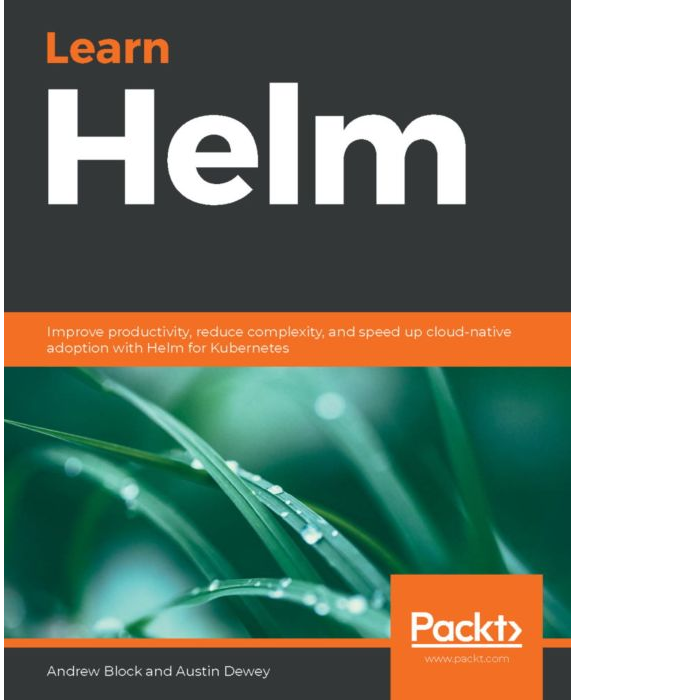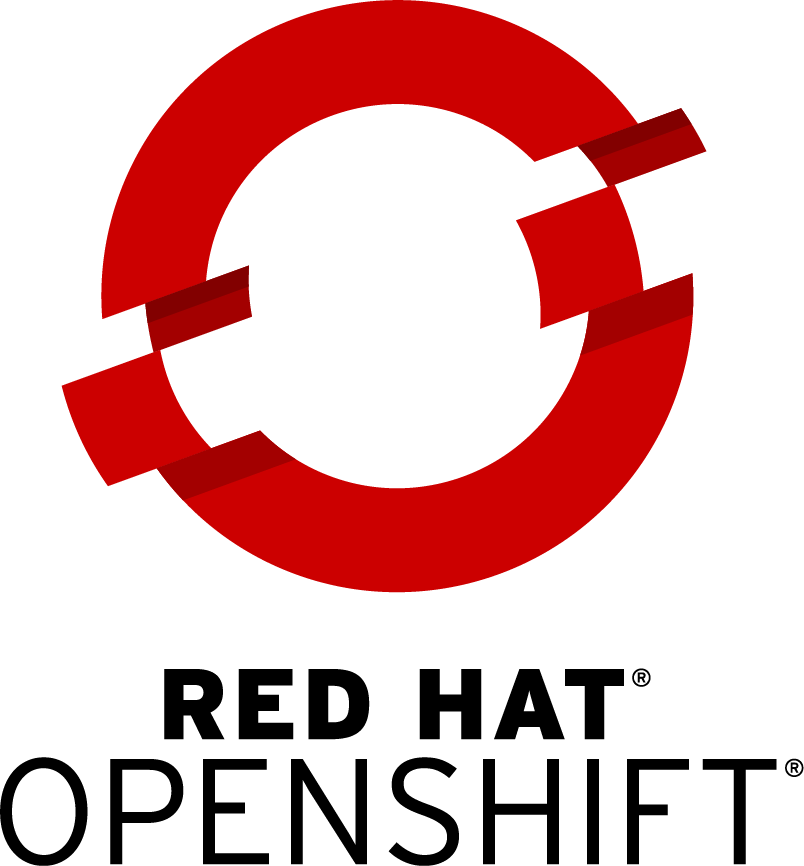Learn Helm
Over the past several months, I have been co-authoring a book called Learn Helm: Improve productivity, reduce complexity, and speed up cloud native adoption with Helm for Kubernetes. I’m excited to announce that the book is finally available on Amazon and Packt’s website! Helm is … “Learn Helm”
Read More







